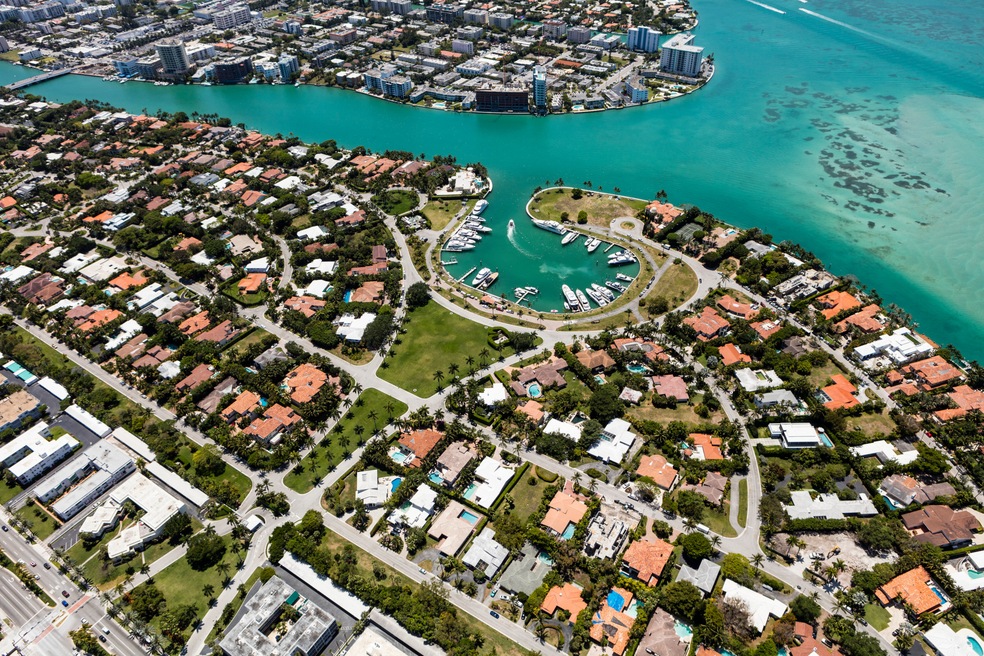As home ownership becomes increasingly out of reach for more Americans, two parts of the country are attracting older, wealthy buyers of primarily single-family houses: the East and West coasts.
It's a shift in demand, real estate professionals say, that's persisted despite high mortgage rates, a shortage of new and existing homes, extreme weather patterns, and costly property insurance.
As a result, developers are meeting buyers who can afford higher expenses where they are and have expanded in markets such as Houston; Jacksonville, Florida; and Orange County, California.
More than half of the top 50 master-planned communities in 2023 were in U.S. Census Bureau-designated coastal counties for the third year in a row, according to data from John Burns Research and Consulting. That's a change from past years when developments in places such as Salt Lake City and Washington, D.C., were among the fastest growing.
Of those developments, some are finding ways to tailor their properties to older populations. Latitude Margaritaville — with locations in Hilton Head, South Carolina; Watersound, Florida; and Daytona Florida — is exclusively for buyers at least 55 years old. Other communities, such as Cross Creek Ranch in Houston and Lakewood Ranch in Sarasota, Florida, have parts of their developments off limits to buyers younger than age 55.
At the same time, building patterns have been consistent since 2014: About a quarter of single-family construction takes place in coastal counties, recent data from the National Association of Home Builders showed.
But while the number of new single-family coastal projects is stable, apartment construction has been declining for nearly a decade, leading to short supply and higher prices. At the end of 2015, 43.5% of all multifamily building took place in coastal counties. Now, that figure is down to just above 30%.
Similar to other U.S. markets, landlords have hiked apartment rents as a result to account for increased mortgage rates and other expenses.
"Construction costs on the coasts are getting much more expensive," Michael Marrella, director of climate and sustainability at the New York City Department of City Planning, told CoStar News. "What that’s doing is not stopping development but targeting a different demographic than is living there right now."
To be clear, many homebuyers and developers still have their sights set on noncoastal regions of the Sun Belt, including cities such as Las Vegas, Dallas and Phoenix — a trend that was “ramped up” by the pandemic, according to Jody Kahn, senior vice president of research surveys at John Burns.
Coastal Prices Rise
Even so, of the top 10 counties with the highest price appreciation in the decade ended in 2023, seven were coastal counties, according to Construction Coverage, an industry research firm. In those counties, all seven of which are in Florida, prices grew between 206.8% and 312.1%.
High prices are showing up on the West Coast, too, particularly in Southern California where home prices hit a record-high in March driven mostly by wealthy buyers, according to media reports.
For example, as of the fourth quarter the median home price in Santa Clara County — home to cities such as San Jose and Palo Alto — were just under $1.6 million, data from the National Association of Realtors showed. In neighboring San Mateo County, prices were about the same.
Rising costs have created an affordability crisis for some buyers. A recent study from the personal finance website Bankrate found that buyers need to earn six figures to afford a median-priced home in 22 states and Washington, D.C. Four years ago, that figure stood at six states and the District of Columbia.
In Houston — located in Harris County, home to nine of the developments on John Burns’ list — Hillwood Communities, a Dallas-based developer, has plans to keep growing its coastal presence.
“There's a lot to do in relation to a lot of these coastal counties for recreation and getting outside and getting outdoors and doing a lot of fun things with your family,” Russell Bynum, regional manager at Hillwood, told CoStar News. “I think that has a big impact, and it has had a big impact on our decision to grow our footprint here in Houston.”

The pandemic allowed wealthier households to get wealthier, in some cases making costly moves to the coast more attainable particularly for older generations like baby boomers, economists say.
Outdoor Activities
For developers, expanding to the coast is about more than just demand for homes.
Hillwood wants its new Houston communities to provide buyers not just places to live, but places “where you play as well,” according to Bynum. The developer is tailoring its coastal communities to the lifestyle buyers seek.
That’s meant investing in walking trails and water systems, such as lakes that can be used for kayaking and boating. The developer has also implemented “lifestyle coordinators” to plan activities, Bynum said.
Though coastal regions offer buyers a range of benefits, they also come with the risk of extreme weather.
Flooding is becoming more frequent along the coasts, according to data from the U.S. Environmental Protection Agency. Since the 1950s, the East Coast has experienced a larger increase in flooding than the West Coast, especially in Virgina, Massachusetts and Texas.
Hillwood has started working to make all their homes “generator ready” in the event flooding, hurricanes or irregular cold weather, according to Bynum. Solar power is another option for some residents.
Aside from wealth and weather considerations, some buyers can't move to the coast for other reasons.
“I think proximity to family is back on people's radar screens,” Kahn said. “One of the outcomes from COVID is going to be an awareness that we'll need to have our family support closer by and that warehousing anybody, seniors in particular, and then not having family nearby is very problematic.”
CoStar News reporter Jon Leckie contributed.
